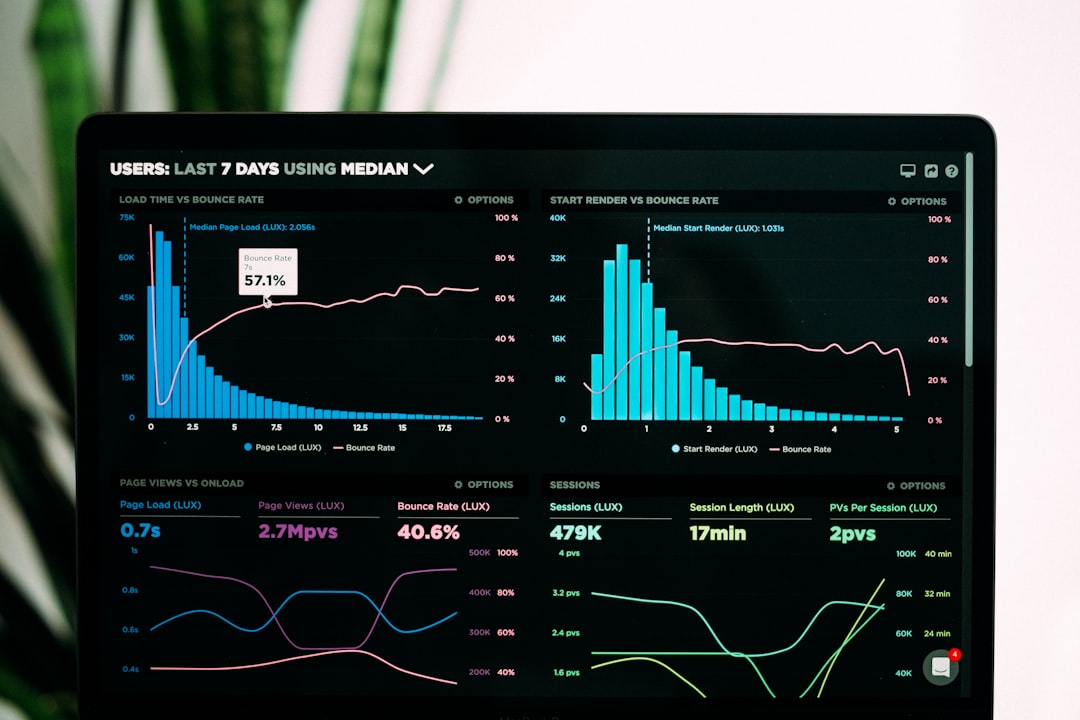In the fast-paced world of digital marketing, paid advertising has become an essential tool for businesses looking to reach their target audience and drive more conversions. With the right strategy in place, paid advertising can help maximize your return on investment (ROI) and provide a significant boost to your bottom line. In this blog post, we will explore the key strategies for maximizing your ROI with paid advertising.
1. Set clear goals and KPIs
Before diving into paid advertising, it is crucial to set clear goals and key performance indicators (KPIs) for your campaigns. Whether your goal is to increase website traffic, generate leads, or boost sales, having specific and measurable objectives will help guide your strategy and ensure that you are getting the most out of your investment. By tracking KPIs such as click-through rates, conversion rates, and cost per acquisition, you can easily monitor the performance of your campaigns and make necessary adjustments to optimize your ROI.
2. Define your target audience
One of the most important aspects of successful paid advertising is targeting the right audience. By defining your target audience based on demographics, interests, and online behavior, you can ensure that your ads are reaching the people most likely to engage with your brand and convert into customers. Utilize the targeting options available on platforms such as Google Ads, Facebook Ads, and LinkedIn Ads to tailor your campaigns to specific audience segments and increase the effectiveness of your advertising efforts.
3. Choose the right platforms and ad formats
With a wide range of advertising platforms and ad formats available, it can be overwhelming to choose the best options for your campaigns. To maximize your ROI, it is essential to select the platforms and ad formats that align with your goals and target audience. For example, if you are looking to increase brand awareness, display ads on Google Ads or Facebook Ads may be a suitable option. On the other hand, if your goal is to drive conversions, search ads on Google Ads or sponsored posts on Instagram may be more effective. By selecting the right platforms and ad formats, you can ensure that your ads are reaching the right audience and achieving your desired outcomes.
4. Test and optimize your campaigns
A key component of maximizing your ROI with paid advertising is testing and optimizing your campaigns regularly. By conducting A/B tests on ad copy, images, and targeting options, you can identify which elements perform best and make data-driven decisions to improve the effectiveness of your ads. Additionally, by monitoring your campaigns closely and analyzing key performance metrics, you can identify areas for optimization and make adjustments to improve your ROI over time. Remember that paid advertising is a dynamic and ever-changing landscape, so it is essential to stay agile and adaptable to maximize your results.
5. Implement retargeting and remarketing strategies
Retargeting and remarketing are powerful techniques that can help boost your ROI by re-engaging with users who have already interacted with your brand. By tracking user behavior on your website and displaying targeted ads to those users across various platforms, you can remind them of your products or services and encourage them to complete a purchase. Retargeting and remarketing strategies have been shown to significantly increase conversion rates and ROI, making them a valuable addition to any paid advertising campaign.
6. Invest in quality ad creatives
In the world of paid advertising, creative plays a crucial role in capturing the attention of your target audience and generating interest in your brand. Investing in high-quality ad creatives, including compelling copy, eye-catching visuals, and engaging calls-to-action, can help differentiate your ads from the competition and drive more clicks and conversions. Remember to test different ad creatives to see which ones resonate best with your audience and continue to refine your approach to maximize your ROI.
7. Monitor and analyze your results
Finally, to maximize your ROI with paid advertising, it is essential to monitor and analyze your results regularly. By tracking key performance metrics such as click-through rates, conversion rates, and return on ad spend, you can gain valuable insights into the effectiveness of your campaigns and make data-driven decisions to optimize your ROI. Utilize analytics tools such as Google Analytics and platform-specific reporting features to track your progress and identify opportunities for improvement. By staying informed and proactive, you can ensure that your paid advertising efforts are delivering the best possible results for your business.
In conclusion, paid advertising is a powerful tool for businesses looking to reach their target audience and drive more conversions. By setting clear goals, defining your target audience, choosing the right platforms and ad formats, testing and optimizing your campaigns, implementing retargeting and remarketing strategies, investing in quality ad creatives, and monitoring and analyzing your results, you can maximize your ROI and achieve success with your paid advertising efforts. Remember that paid advertising is a dynamic and competitive landscape, so it is essential to stay informed, innovative, and adaptable to continue driving results for your business.

